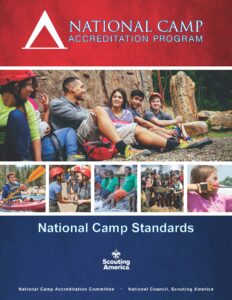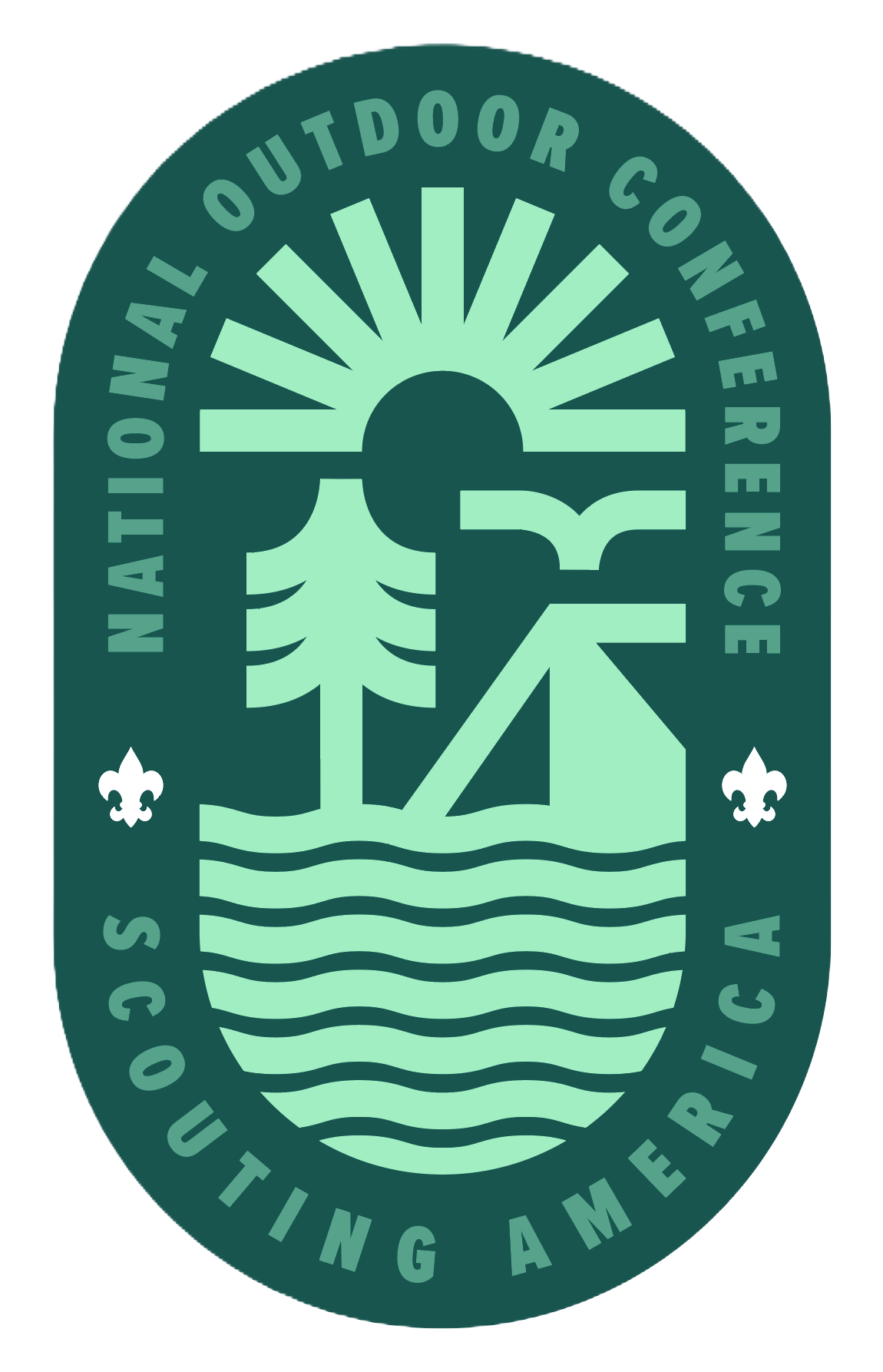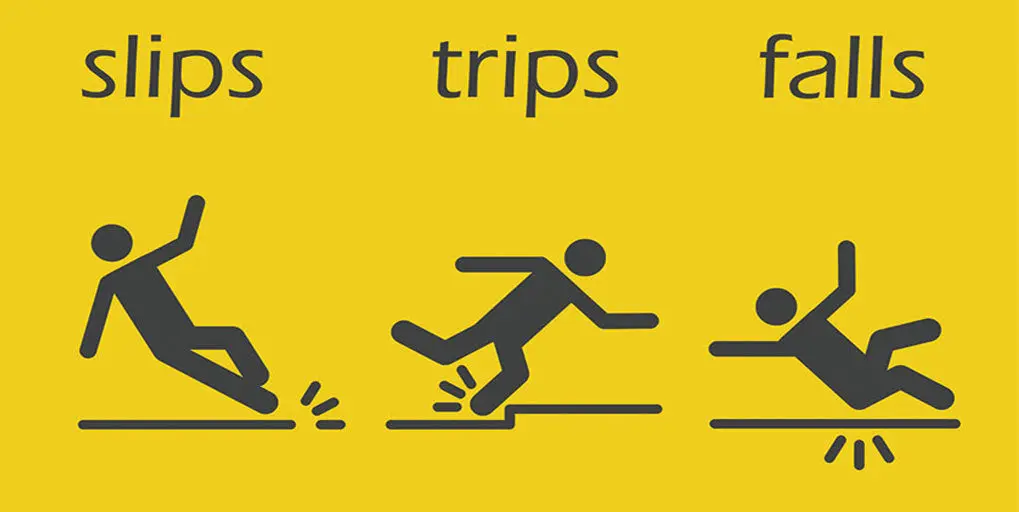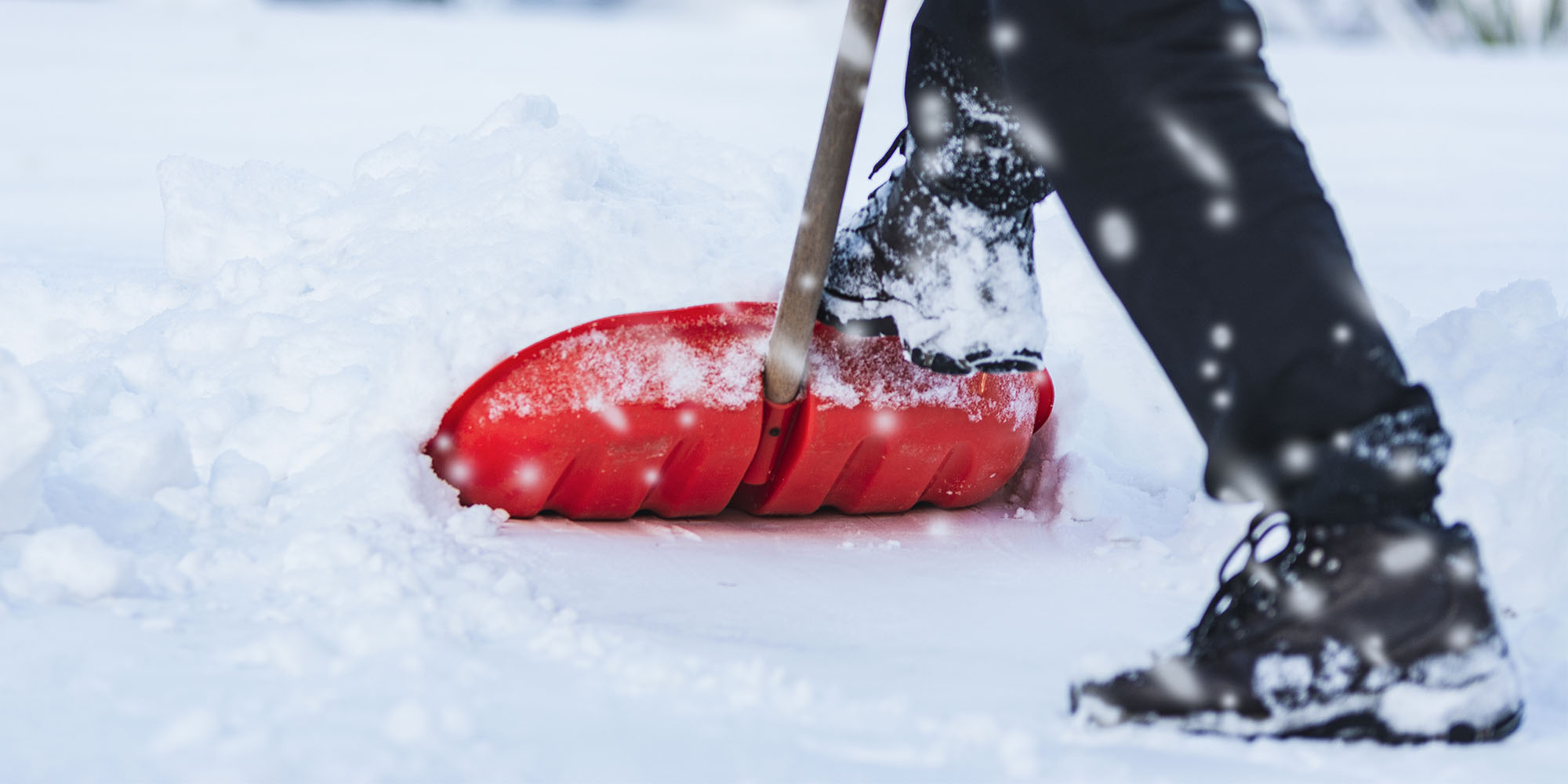
NCAP
Running a successful camp requires more than just creating memorable activities; it involves a constant commitment to improvement and safety. This is where a Continuous Camp Improvement Plan (CCIP) proves invaluable. As outlined in the CCIP Guide, a CCIP is integral to meeting standards set by the National Camp Accreditation Program (NCAP) and is part of the 5-year authorization process for camps. Let’s explore how a CCIP can support your council’s goals in camper experience, staff development, operational efficiency, and environmental stewardship, with specific reference to the guide’s insights and NCAP standards.
- Enhance the Camper Experience
At the heart of the CCIP is a focus on continually improving the camper experience. NCAP requires councils to incorporate feedback from campers and families, allowing camps to adapt to evolving camper expectations. A CCIP helps camps stay in tune with trends and adjust activities, facilities, and food options to ensure they remain engaging, relevant, and safe. Whether through upgrading equipment or adding new programs, a CCIP keeps the camp experience fresh and enjoyable.
- Strengthen Staff Training and Morale
According to the CCIP Guide (page 8), NCAP emphasizes the importance of ongoing staff training and development, a core component of a successful CCIP. By collecting feedback from staff and regularly updating training programs, a CCIP helps staff build new skills, manage challenging situations, and create a positive team culture. This fosters a supportive environment where staff feel valued and motivated, which ultimately enhances the camper experience.
- Ensure Safety and Compliance
Safety is paramount, and a CCIP provides the structure for camps to regularly review and refine their safety protocols. As noted on page 12, NCAP Standard AO-805 outlines that a CCIP should include routine assessments of safety procedures, emergency response plans, and legal compliance. Camps that adopt continuous safety improvements can reduce risks and assure parents that their children are in a secure environment, building trust and accountability.
- Increase Operational Efficiency
Operational efficiency is another essential area addressed by the CCIP. Councils should analyze processes such as registration, budgeting, and inventory management to identify areas for improvement. A CCIP enables camps to optimize resource allocation and improve day-to-day operations, freeing staff to focus on creating a great camper experience while also achieving cost savings and smoother logistical operations.
- Commit to Environmental Stewardship
A CCIP encourages camps to be mindful of their environmental impact and to respond to changing environmental conditions. NCAP requires councils to adopt sustainable practices that protect natural resources. From managing water and energy usage to promoting Leave No Trace principles, a CCIP fosters environmental responsibility among campers and staff, supporting long-term sustainability while cultivating a respect for nature.
- Build a Positive Camp Reputation
Camps that continuously improve their programs are better positioned to build a strong reputation. Councils should demonstrate responsiveness to camper feedback to enhance their program quality. This commitment can lead to increased camper retention, positive referrals, and stronger community partnerships. Parents are more likely to trust camps with an established record of listening to feedback and making meaningful improvements, which ultimately attracts new families and loyal campers.
- Foster a Culture of Growth and Innovation
A CCIP creates a culture where everyone—from staff to campers—is encouraged to innovate, take on new challenges, and strive for growth. Page 13 of the CCIP Guide details how a CCIP supports fostering a growth-oriented culture within the camp community. This approach ensures that camps not only adapt to changes but thrive, fostering an environment where campers and staff alike feel empowered to contribute ideas and improvements.
Key Steps to Launch a Continuous Camp Improvement Plan
- Gather Regular Feedback: Use surveys, interviews, and observation to collect insights from campers, staff, and families as a foundation for targeted improvements.
- Set Clear Goals: Define measurable objectives based on NCAP standards and feedback. These could focus on safety, camper satisfaction, or sustainability goals.
- Implement and Track Changes: Put action plans into effect and monitor progress through regular evaluations and staff check-ins.
- Review and Adjust Regularly: Schedule routine assessments to ensure continuous alignment with NCAP standards and adjust as needed.
Conclusion
A CCIP is essential for camps aiming to improve, adapt, and provide exceptional experiences in line with NCAP standards. By committing to continuous improvement, camps not only enhance camper enjoyment and safety but also build a lasting legacy that benefits everyone involved. A CCIP isn’t just about addressing issues—it’s about building a camp environment that campers and staff want to return to year after year.










